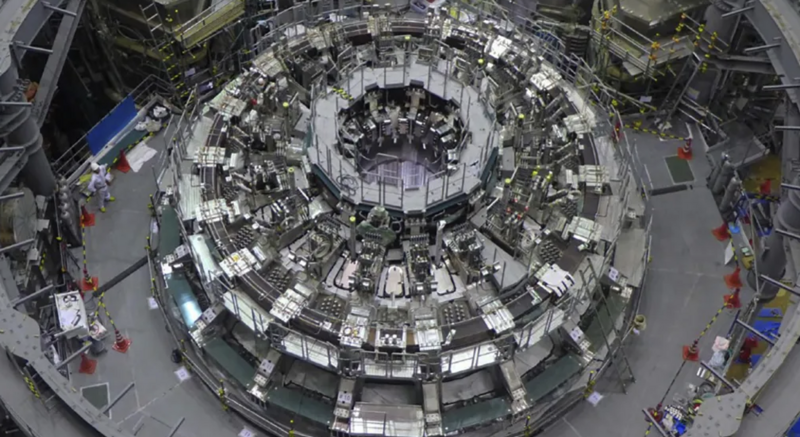After almost a decade of delays, the world’s largest fusion reactor has finally achieved a key milestone.
What happened: Japan’s JT-60SA tokamak fusion reactor fired up plasma, an important early step on the long road to making a commercially-viable fusion power plant.
-
Japan’s four-story tall fusion reactor uses extremely high temperatures and pressures to fuse hydrogen nuclei, a process that releases energy and which scientists hope could someday be used to produce electricity for practical uses.
Why it matters: Nuclear fusion has the potential to be an efficient, cost-effective and environmentally friendly energy source.
-
Fusion reactions create a lot of energy from cheap and abundant resources without producing significant amounts of toxic waste.
- That would make it an ideal power source — if anyone could figure out how to get fusion reactions to actually produce a net gain in energy at scale, something yet to be done.
What’s next: The tech and learnings that led to the milestone in Japan will be passed along to the ITER project, the massive international fusion reactor that’s currently being built in France. The success of the ITER will be the real test as to whether or not fusion has a future as a practical energy source.—LA
